
He was the pauper prince, turned dashing sailor, who became the longest-serving consort in British history. Prince Philip left his own indelible mark on the monarchy, with his resolute support of the Queen, no-nonsense approach, hard work and acerbic wit.
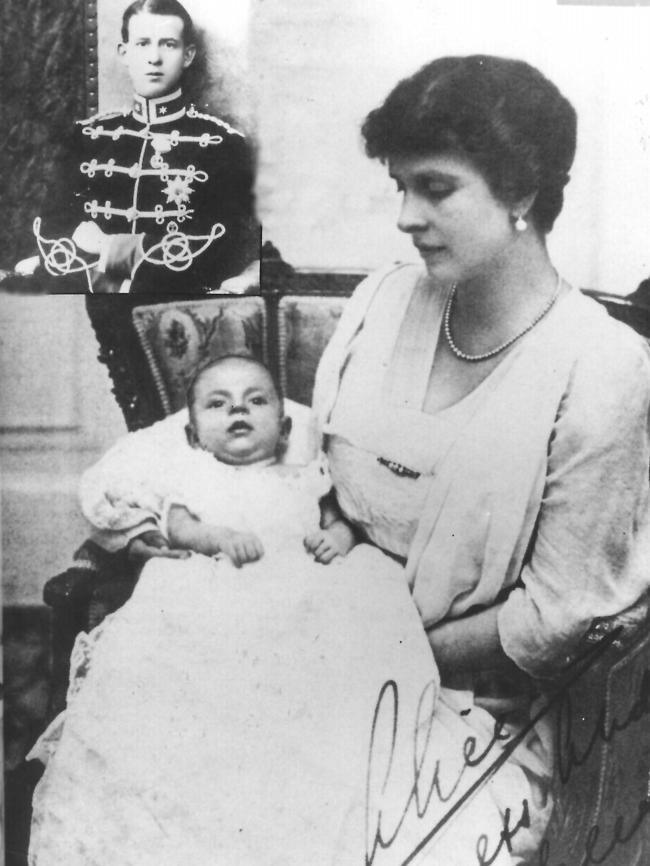
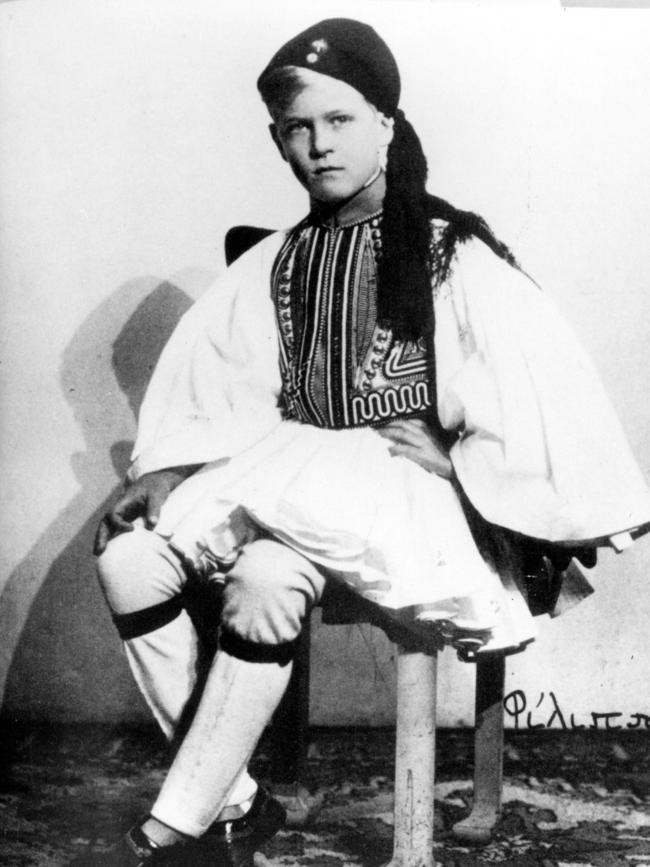
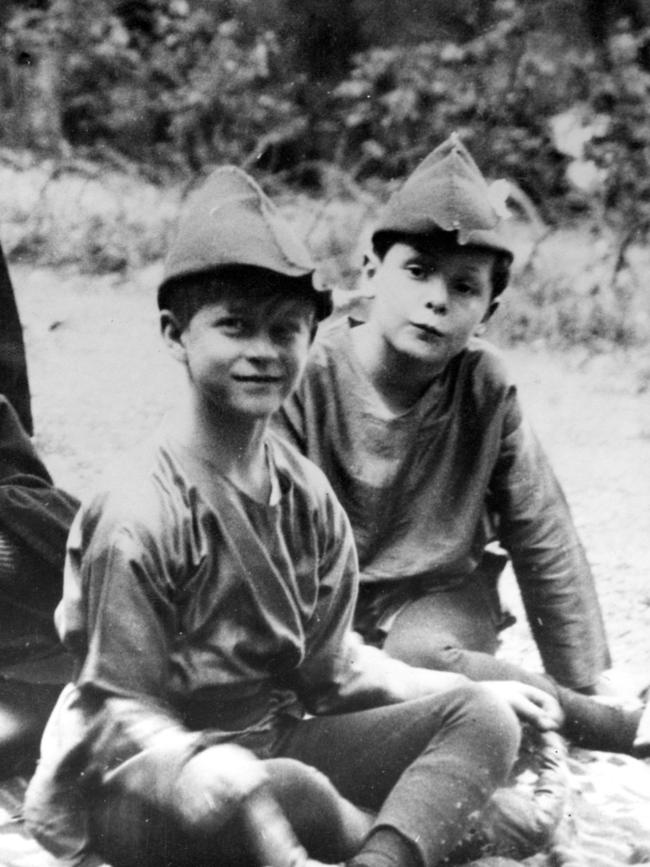
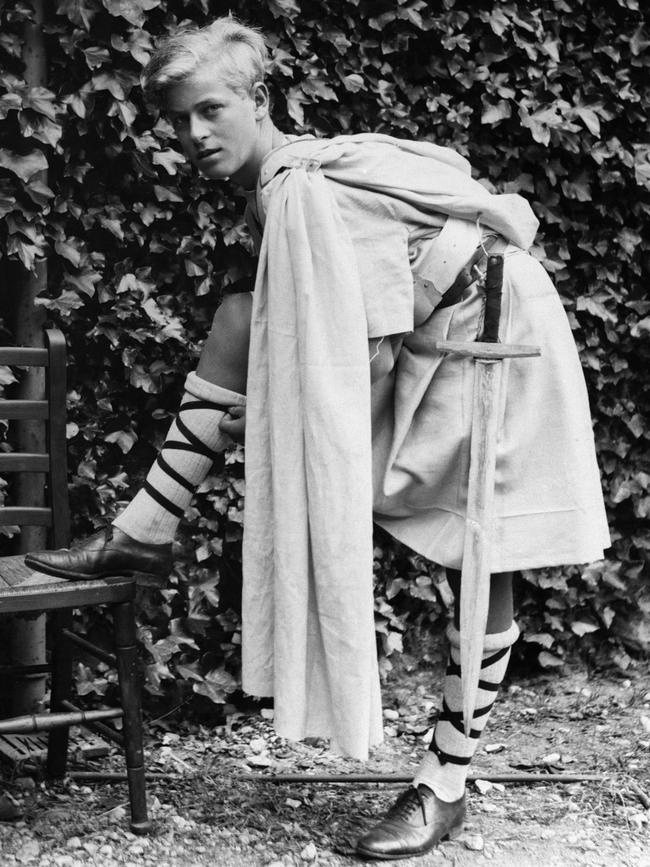
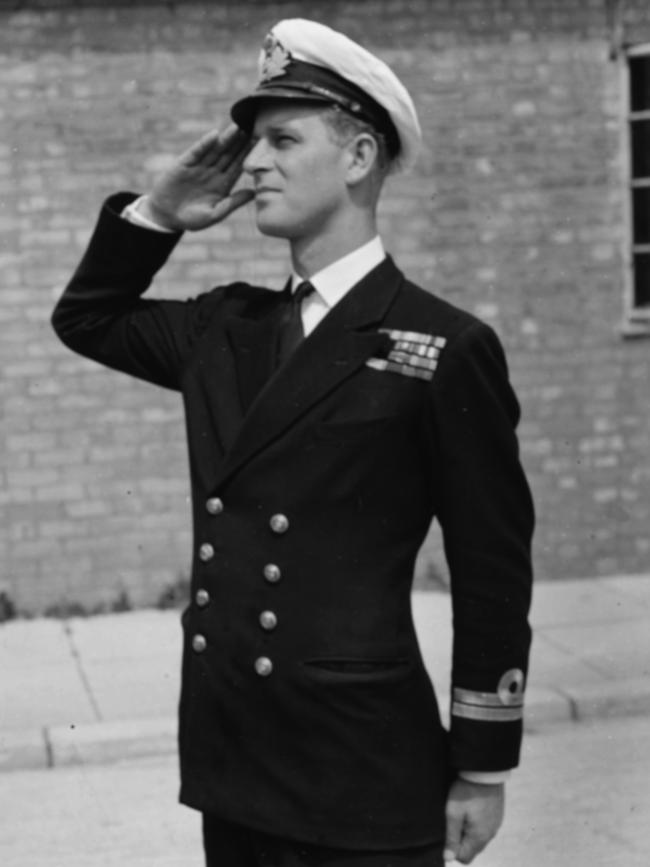




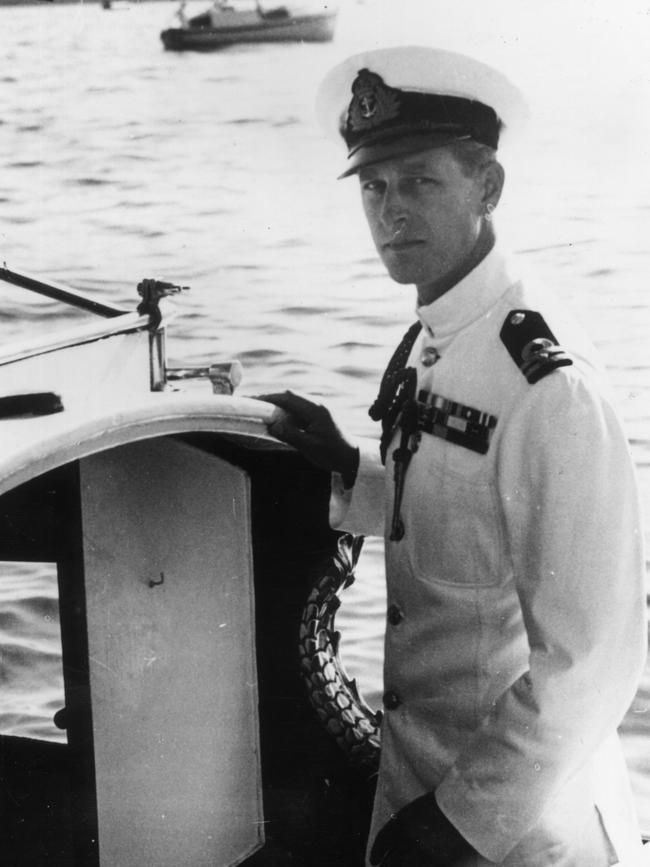



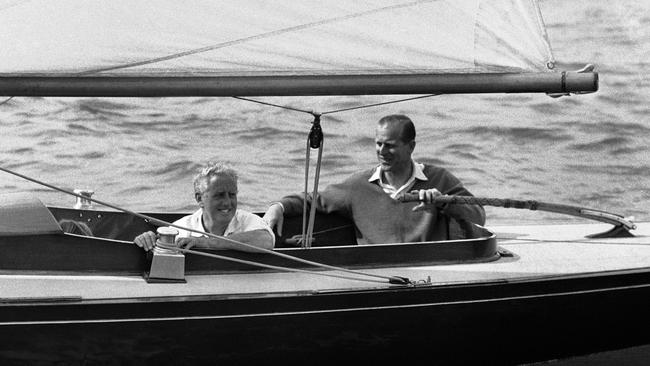

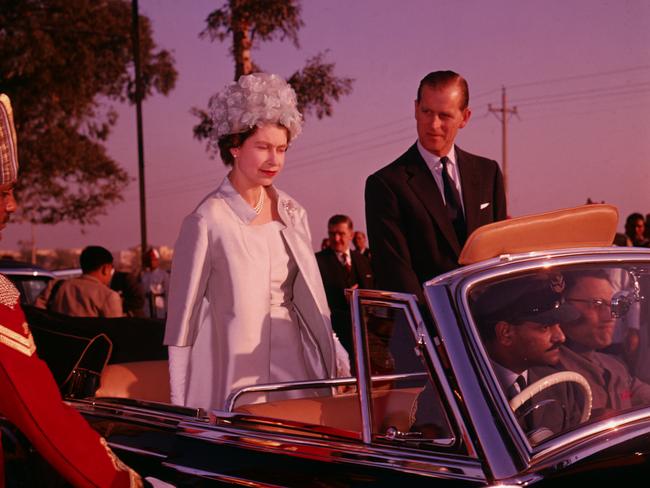
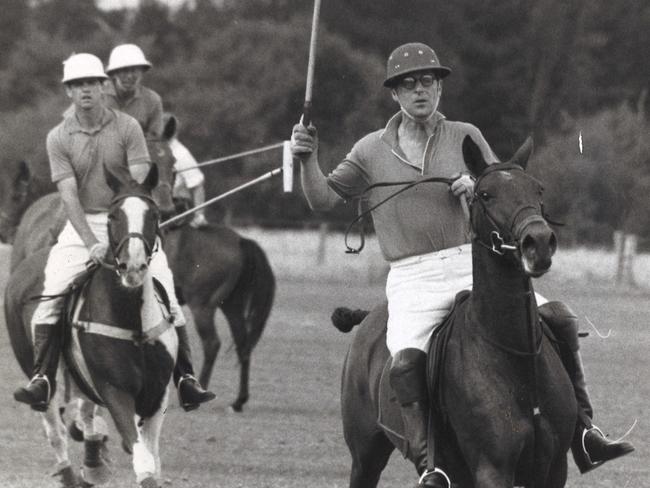

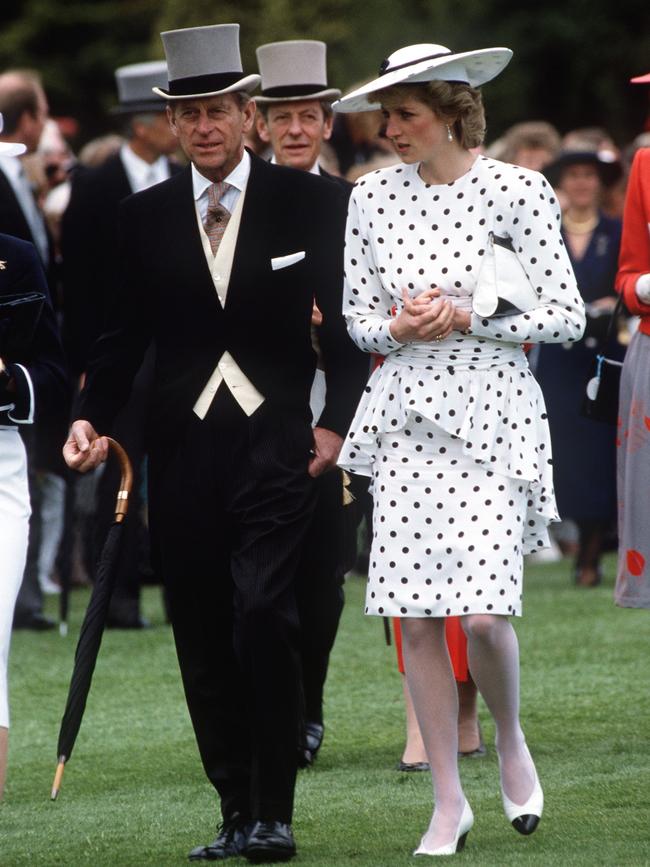

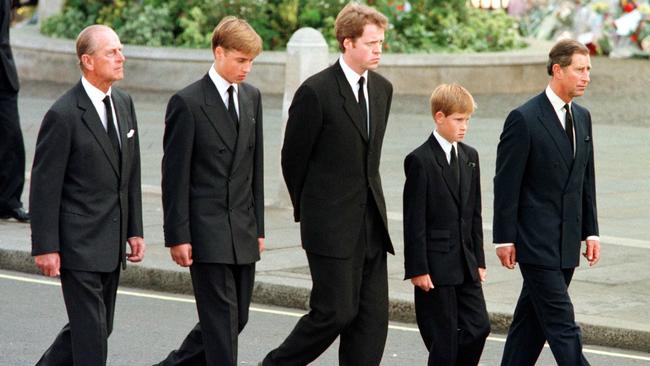



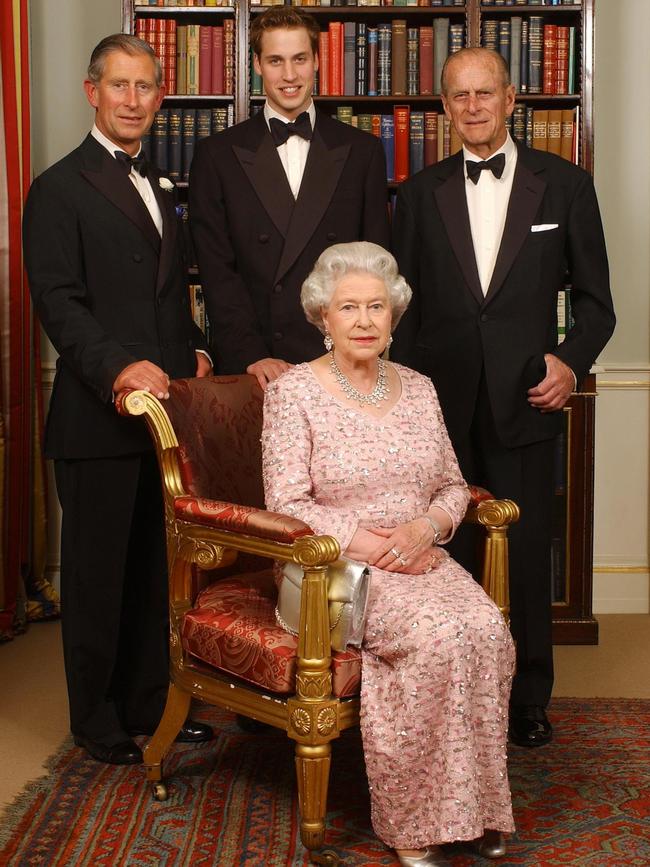



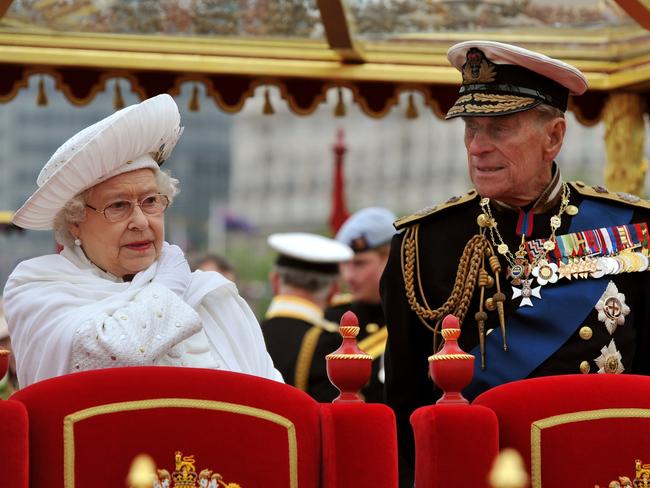
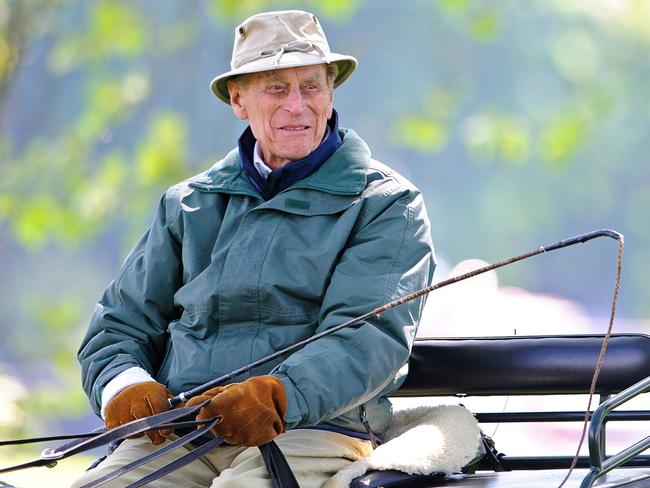
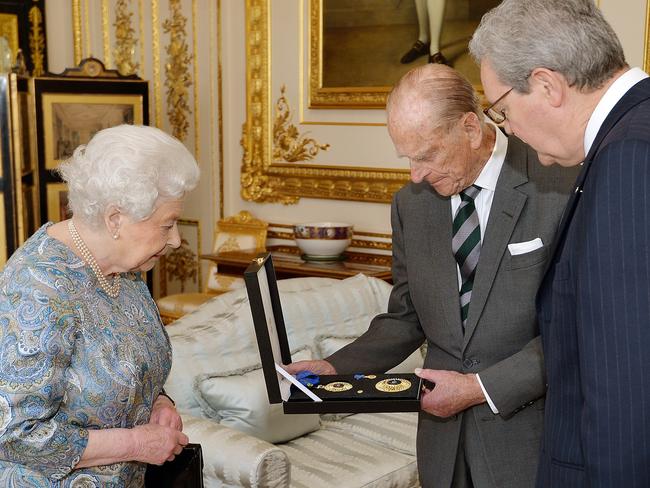
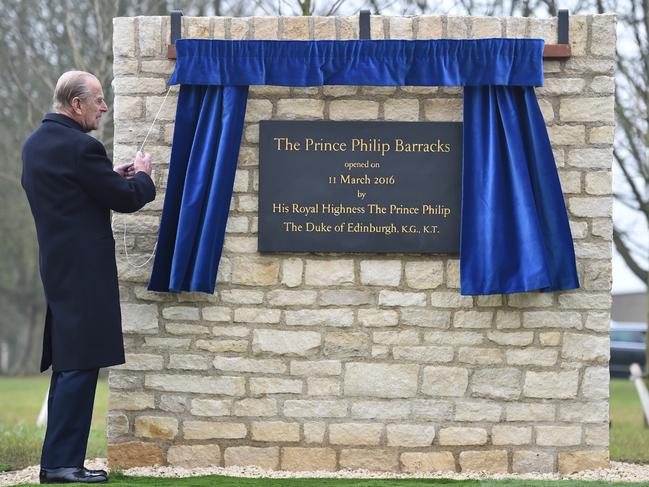
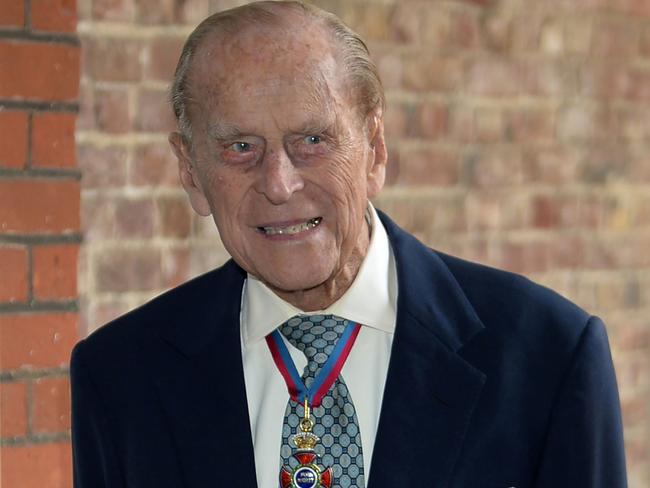
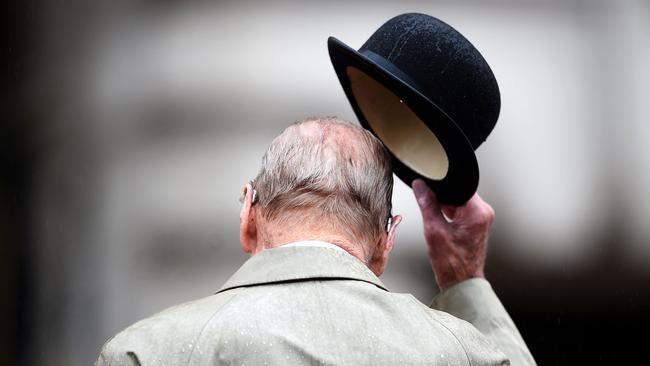

Euro nation bans gay people from gathering
A European Union nation has taken the unprecedented step of banning gay people from gathering to protest with the excuse it “protects children”.
‘IT’S UNLAWFUL’: Barack Obama slams Trump in furious outburst
Barack Obama has laid into Donald Trump just hours before Joe Biden gives his first major post-presidential speech which is also set to focus on his successor.